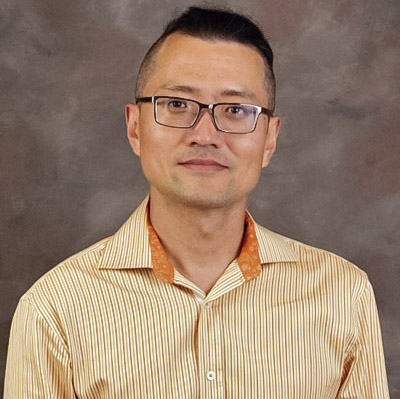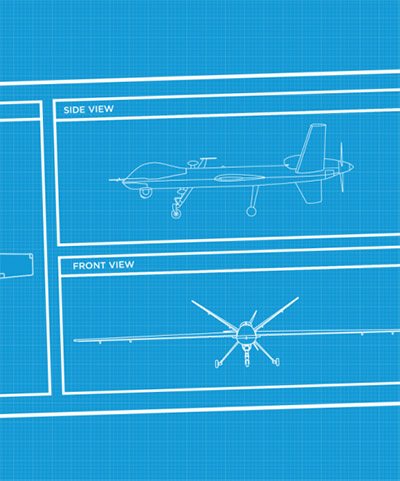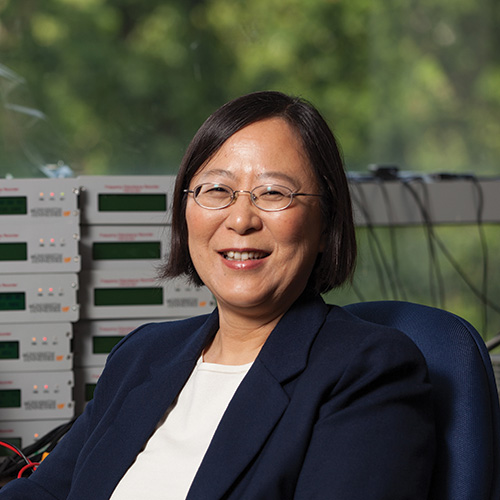Electrification
Powering high-performance solutions with a smaller carbon footprint
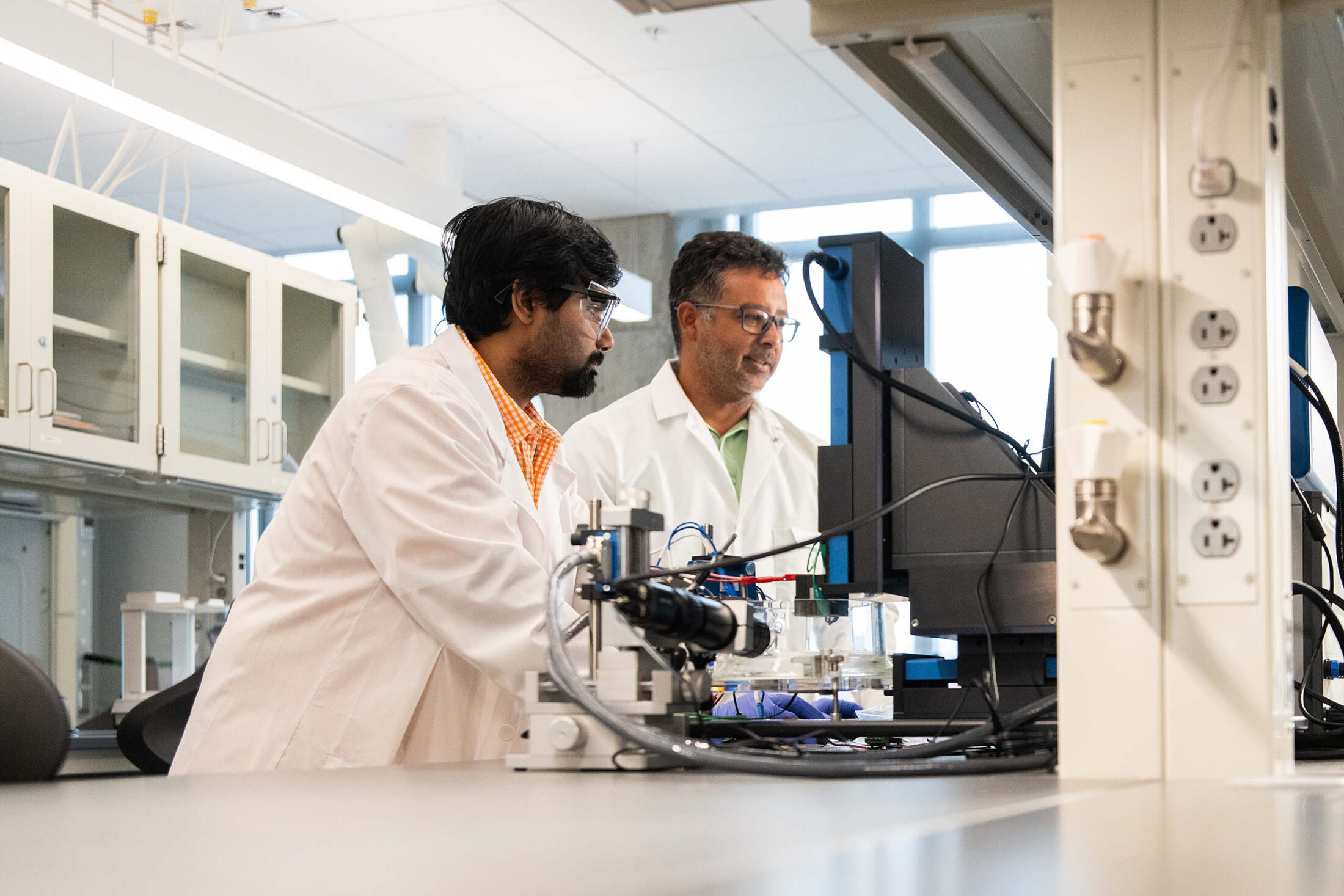
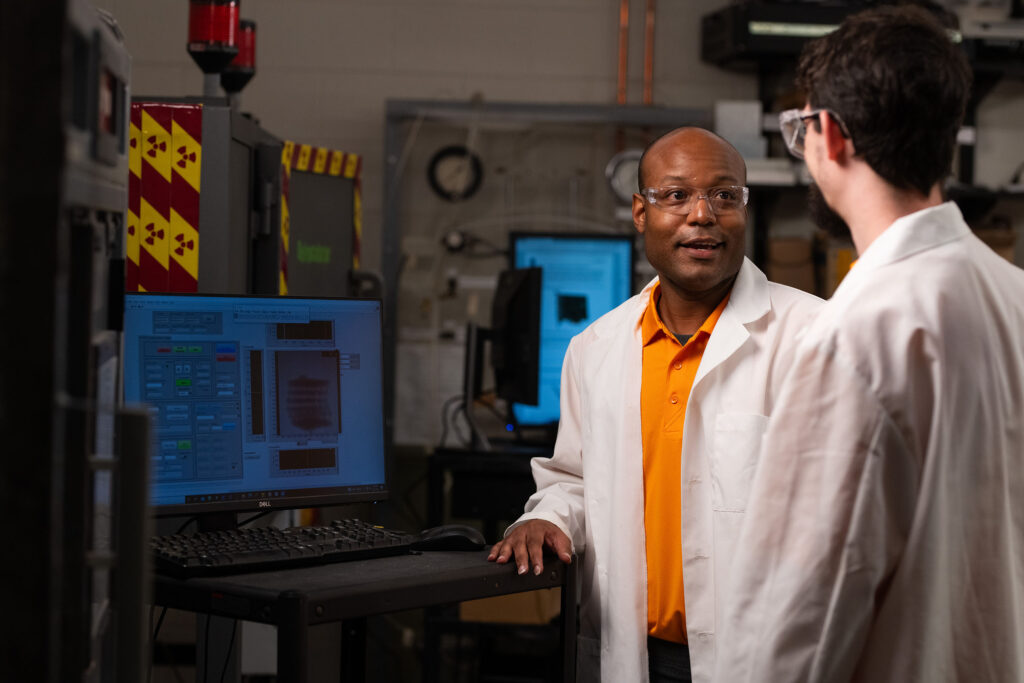
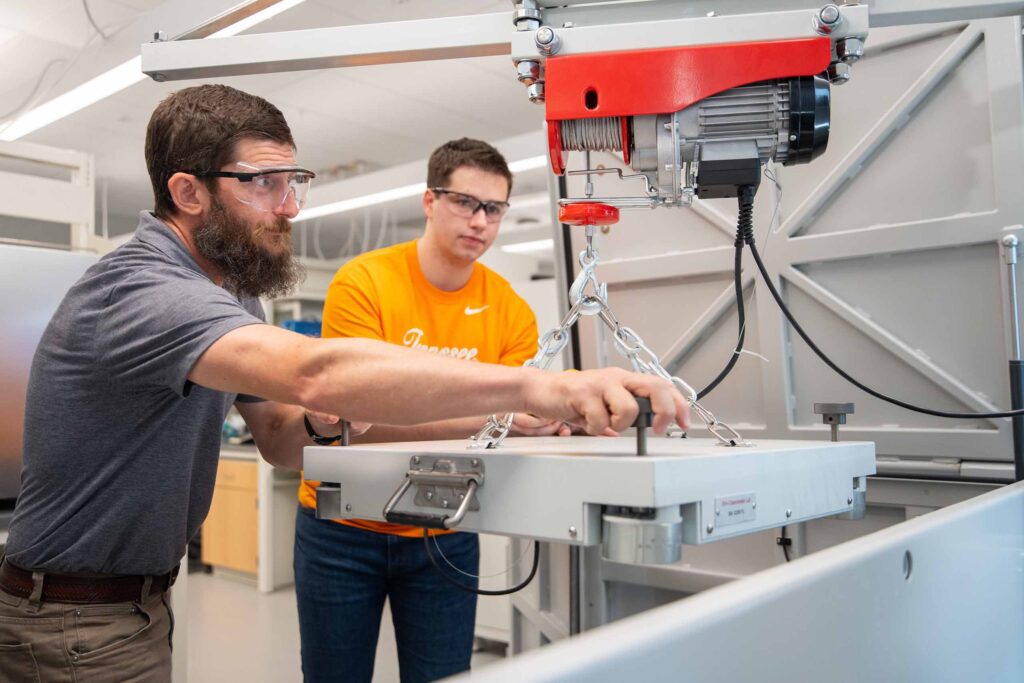
Powering the propulsion and inner workings of automobiles and aircraft with electricity requires advanced technologies including chargers, batteries, electric motors, and power converters. Lighter, stronger materials for vehicle components must also be developed along with new technologies to connect many more electric vehicles to the nation’s power grid.
UT researchers are working together to support the transition from combustion engines to zero-emission electric vehicles by advancing their performance—and making them more attractive to more users.

UT’s Approach
Our research powers advances in electric vehicles.
UT faculty and students are collaborating with industry and government partners to study battery safety and performance factors. Others are advancing wide-bandgap semiconductors and studying the design and applications of gallium nitride and silicon carbide devices to extend battery range, reduce battery size, and increase charging efficiency. For example, faculty and student researchers from UT, Oak Ridge National Laboratory, and Volkswagen are advancing wireless power transfer and developing commercial-ready innovations.
To further enhance efficiency and convenience, UT researchers are improving specific EV components like auxiliary power modules as well as integrating the design and function of multiple onboard power electronics.
UT’s work in electrification also applies to air mobility. During a five-year collaboration with Boeing for NASA, UT researchers developed a first-of-its-kind power inverter enabling electrified propulsion. UT faculty and students continue to investigate relevant power electronics components such as system-friendly and cryogenically cooled solid-state circuit breakers.
We’re also investigating opportunities to strengthen the grid’s reliability and resilience to support the shift to electric mobility. UT and Volkswagen are applying second-life EV batteries to power grids, and another research team is studying how the electric grid will support future air travel.
We are advancing materials to meet needs across all modes of electric mobility. For example, UT faculty are advancing carbon-fiber composites to create lighter, stronger components for automotive and aerospace applications.
“Our faculty has a unique combination of complementary expertise that makes UT a top program in both power electronics and power systems. However, I believe the biggest impact of my work will come from our outstanding students, who are going out to industry and applying all that knowledge towards creating the next generation of products.”
—Daniel Costinett, Associate Professor, recipient of Richard M. Bass Outstanding Young Power Electronics Engineer Award from the Institute of Electrical and Electronics Engineers (IEEE) Power Electronics Society





Highlights
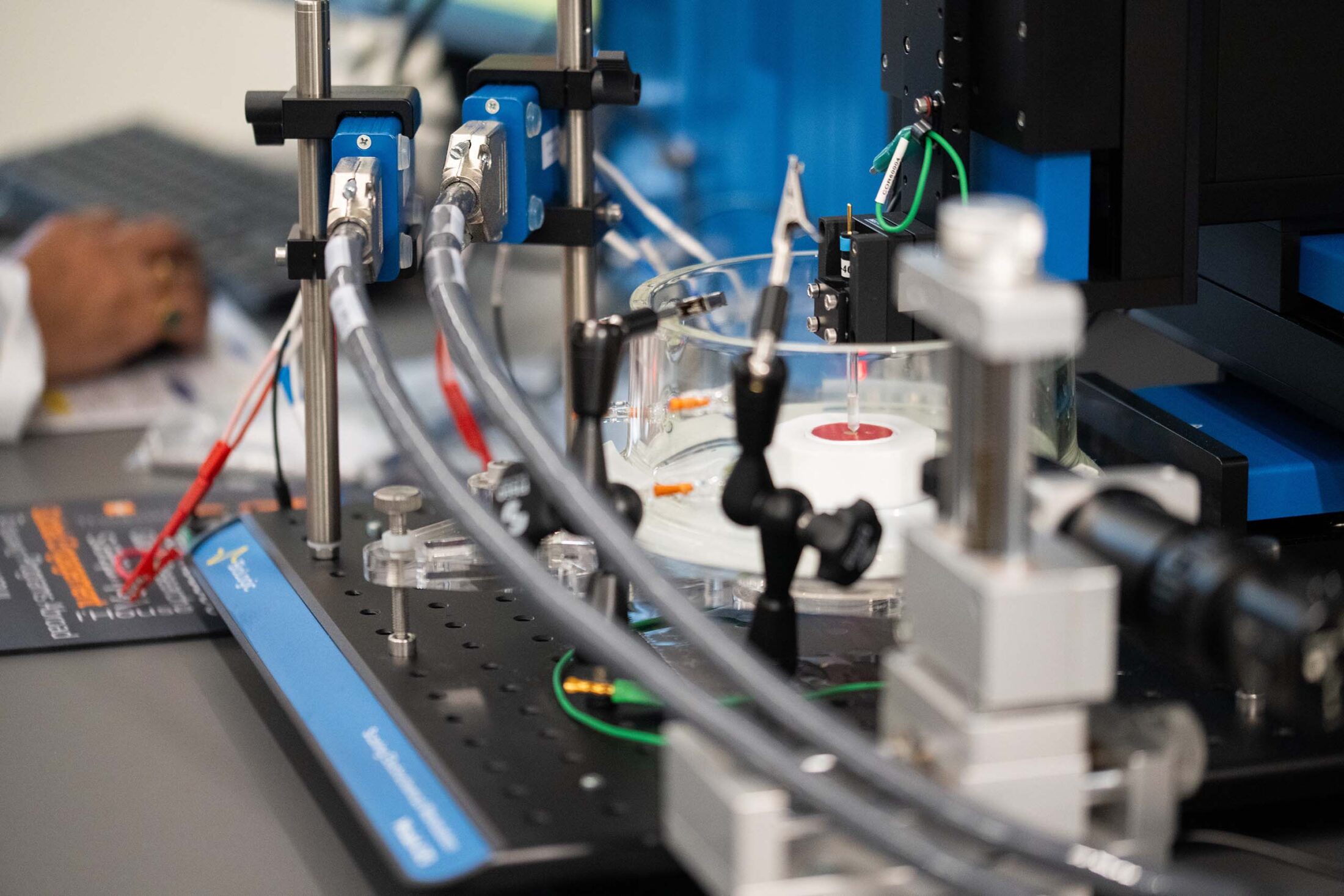
Our Researchers
-
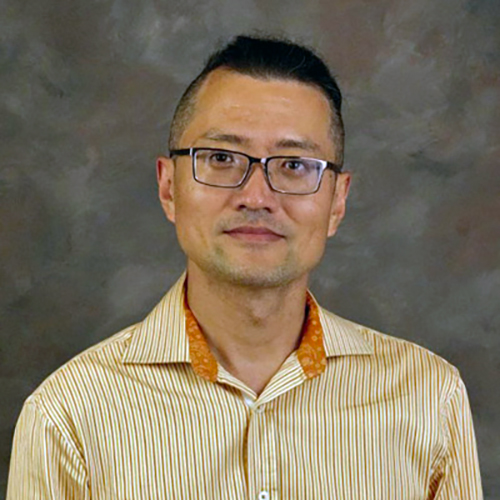
Associate Professor, Electrical Engineering & Computer Science
Vehicle electrification
-
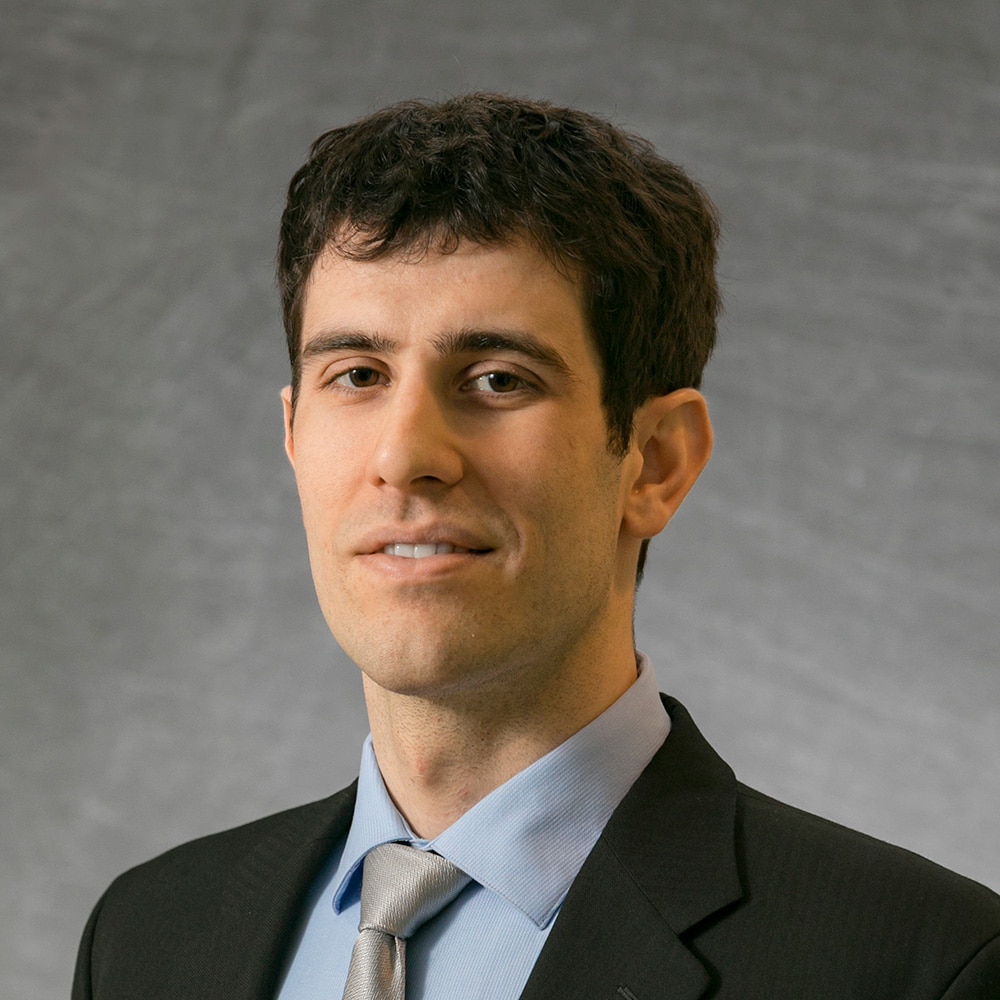
Associate Professor, Electrical Engineering & Computer Sciences
Power electronics for electric vehicles
-
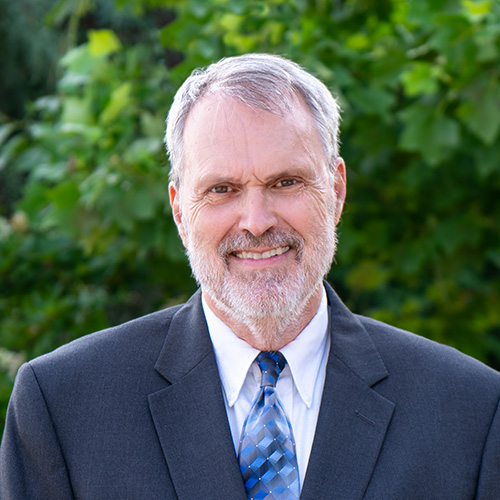
Professor, Agricultural & Resource Economics
Material research, use of hemp in composites
-

Peebles Professor, IAMM Chair of Excellence, Civil & Environmental Engineering
Carbon fiber reinforced polymeric composites and sandwich structures, environmental degradation, and multi-scale mechanics, multi-axial stress-strain-time behavior of multi-phase and granular materials, non-invasive characterization and residual stress using neutron and x-ray tomography and diffraction, direct numerical simulations and porous media
-
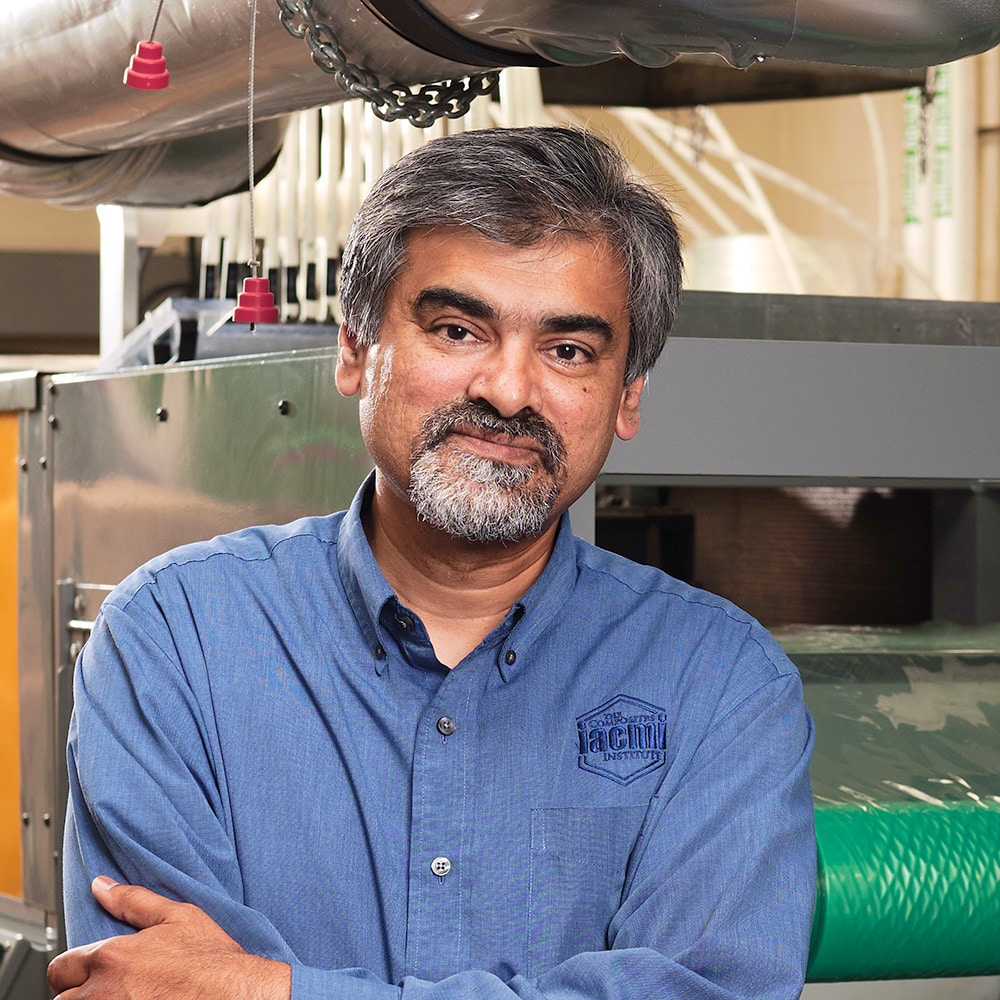
UT–ORNL Governor’s Chair for Advanced Composites Manufacturing
Composites manufacturing, design and product development, recycling and sustainable technologies, hybrids, engineered plastics and high performance materials
-
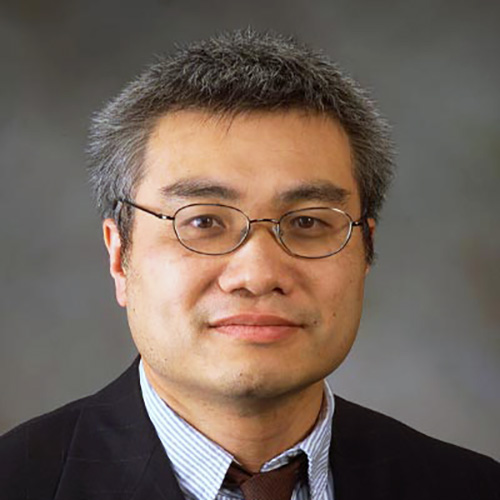
Professor and Condra Chair of Excellence in Power Electronics and CURENT Technical Director
Power electronics, power systems, motor drives
-
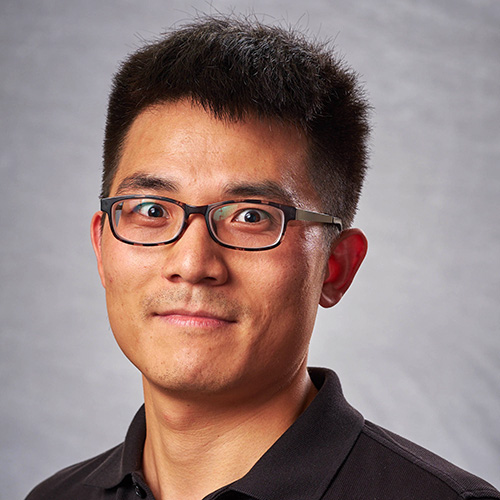
Assistant Professor, Mechanical, Aerospace & Biomedical Engineering
Optimal control; convex optimization; machine learning; guidance, navigation, and control; space systems; aerial vehicles; connected vehicles
-

UT-ORNL Governor’s Chair for Electrical Energy Conversion & Storage
Electrolytes and composite electrodes for fuel cells, fundamentals of energy storage materials and systems, water management in fuel cells

